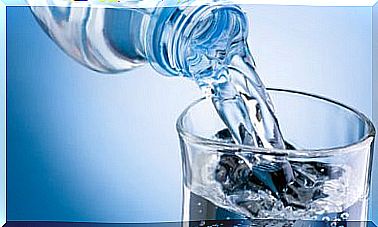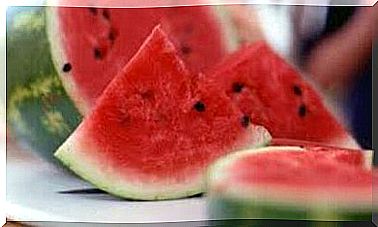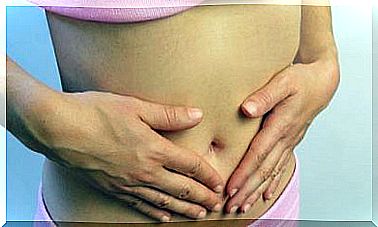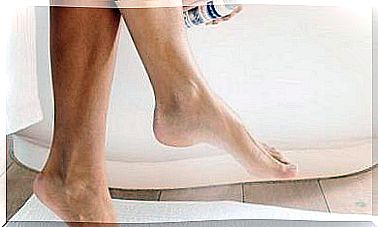Microfoam Treatment For Varicose Veins
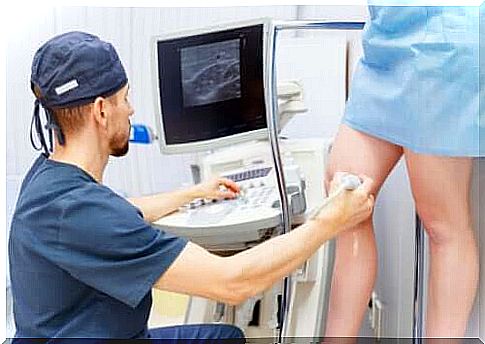
Do you know the microfoam treatment for varicose veins? Remember that varicose veins, also called varicose veins, are a health and aesthetic problem. They manifest as blue or purple spider webs, or as thickening and darkening of the veins.
Fortunately, there are several treatments that allow you to minimize them. Among them, we find the microfoam, which became popular for its simplicity and good results. What does it consist of? How is it performed? Find out below.
Varicose veins
Varicose veins are related to venous insufficiency. On the legs, they appear as swollen veins, with knotty and wavy bumps, unattractive to the eye. However, there may also be obstruction of the veins in other areas and organs, such as the esophagus (esophageal varices) and the rectum (hemorrhoids).
The cause of varicose veins is usually linked to insufficiency of the valves or weakness of the walls of the veins. This is conditioned by hereditary factors as well as age, habits and lifestyle.
The good news is that there are several types of treatments to counteract the causes and consequences of varicose veins. This ranges from dietary changes and exercise to minimize varicose veins to surgery, laser therapy and other procedures.
In this case, as already mentioned, we will explain what the treatment of varicose veins with microfoam consists of. In addition, we detail how your recovery is and what your possible risks are. Keep reading!
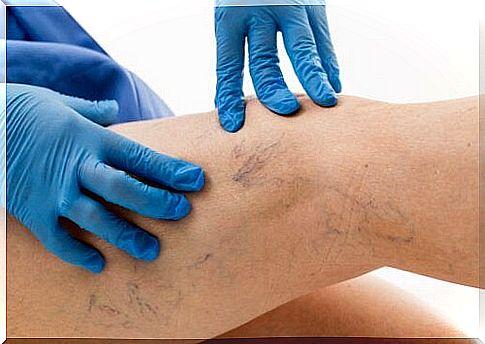
Also read: 8 rules to follow if you want to cure varicose veins
Microfoam treatment to treat varicose veins
In particular, the treatment of varicose veins with microfoam consists of injecting a substance into the affected veins. The objective is to promote the hardening and healing of the inner walls of the veins, in order to restrict and redirect circulation. The treated veins are then reabsorbed into the surrounding tissue until they disappear.
The substance used in this procedure, polidocanol, also known as Laureth-9 , is a sclerosing agent. This increases the formation of clots and scar tissue. Thus, it decreases the dilation of the affected veins, which is the most visible sign of varicose veins.
It should be noted that this treatment does not require hospitalization or anesthesia. Still, it must be done by a professional who must follow a specific protocol.
Microfoam treatment steps
- Location of the vein to be treated by Doppler ultrasound.
- Catheter introduction.
- Injection of microfoam through the catheter. The process is monitored at all times.
- After applying the microfoam, the catheter is removed and a dressing is placed on the puncture site.
Recovery and treatment risks
Treatment of varicose veins with microfoam is minimally invasive. Therefore, a long recovery period is not necessary. In fact, the person can resume their daily activities almost immediately. However, the doctor must supervise the progress of the case.
Either way, several treatment sessions may be necessary to get good results. This will be determined by the doctor, as well as the amount of substance used in the sessions.
It is worth bearing in mind that the application of this technique carries some risks and possible side effects. Let’s see the most relevant ones below.
- Temporary effects : redness, bruises, darkening, visibility of the vessels. This should disappear over time.
- Side Effects That Need Attention : If there is inflammation, a feeling of heat, or an allergic reaction, a doctor should be consulted. In more severe cases, small clots occur that require drainage.
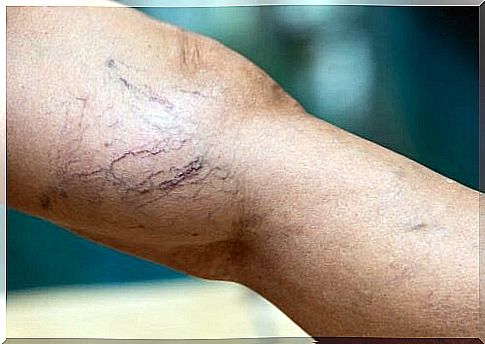
What to remember about microfoam treatment?
Treating varicose veins with microfoam means an improvement in the patient’s quality of life from an aesthetic point of view. It can also help with other symptoms related to this condition such as cramps, pain and swelling.
The procedure is considered minimally invasive, but must be done by a professional. Furthermore, in case of adverse reactions, such as inflammation or allergy, it is necessary to seek immediate care to avoid complications.
